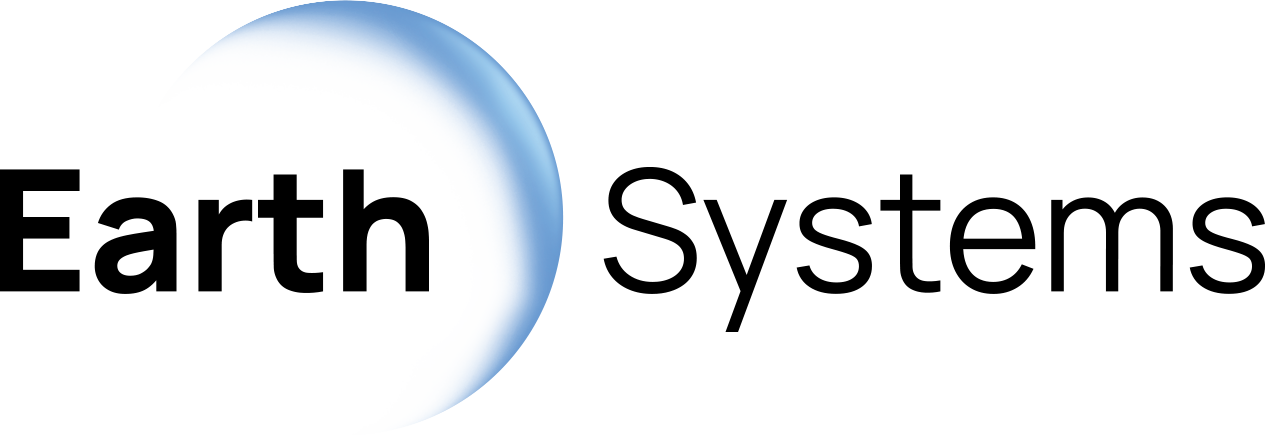- Storm Water Pollution Prevention Plans (SWPPP)
- Plan Creation:
- SWPPP preparation involves developing comprehensive plans to prevent stormwater pollution. These plans are essential for both construction sites and facilities engaged in specific industrial activities.
- We consider site-specific factors, such as topography, soil type, and existing infrastructure, to tailor the SWPPP effectively.
- Best Practices for Pollution Prevention:
- Our SWPPP outlines industry best practices for managing stormwater runoff. These practices include:
- Erosion Control: Implementing measures to prevent soil erosion during construction or industrial activities. Techniques may include silt fences, sediment basins, and vegetation.
- Runoff Management: Designing drainage systems to direct stormwater away from sensitive areas (such as water bodies) and into appropriate treatment facilities.
- Sediment Containment: Using sediment traps, sediment ponds, or other structures to capture and settle out suspended sediments before they reach natural waterways.
- Our SWPPP outlines industry best practices for managing stormwater runoff. These practices include:
- Inspections and Tracking:
- Regular inspections are crucial. Our team monitors the implementation of SWPPP practices on-site.
- We track compliance with the plan, identifying any deviations or issues promptly.
- If problems arise, we take corrective actions to address them effectively.
Remember, SWPPP plays a vital role in environmental protection, ensuring that stormwater runoff does not harm ecosystems or communities.
- Plan Creation:
- Air Permits and Facility Inspections
Air Emissions Permits:
- Our role begins with helping companies obtain the necessary permits for their stationary emission sources. These sources can include power plants, industrial facilities, and other operations.
- We cover a wide spectrum of permits, ranging from Permits by Rule (PBR)—which apply to smaller facilities with straightforward requirements—to more complex Title V permits that address larger and more intricate operations.
Permit Types:
- Permits by Rule (PBR):
- These permits apply to smaller facilities with straightforward requirements. PBR permits have predefined conditions and simplified compliance processes.
- Typically, facilities with minimal emissions fall under this category.
- New Source Review (NSR):
- NSR permits come into play when a facility plans to construct or modify a significant emission source.
- The review process ensures that new sources meet stringent environmental standards before they begin operation.
- NSR permits focus on air quality impact assessments, emission control technologies, and compliance with regulations.
- Title V Permits:
- Title V permits are more comprehensive and detailed. They cover a broader range of emission sources and involve extensive reporting and monitoring obligations.
- Larger facilities or those with complex operations often require Title V permits.
- Extensive reporting and monitoring obligations.
Facility Inspections:
- Once permits are approved, we shift our focus to facility inspections. These inspections are essential for assessing compliance with air quality regulations.
- Our inspectors visit the facility to gather information, review records, and observe operations. The scope of inspections can vary—from quick walk-through assessments to more extensive evaluations involving physical sample collection.
Key Inspection Activities:
- Interviews: We engage with facility representatives to understand their processes, practices, and compliance efforts.
- Record Review: We examine documentation related to emissions, permits, and monitoring data.
- Observations: Our team observes facility operations to identify potential sources of pollution.
- Recommendations: Based on our findings, we provide actionable recommendations to enhance compliance and reduce environmental impact.
Remember, our commitment extends beyond obtaining permits—we actively contribute to environmental stewardship through thorough inspections and continuous improvement.
- Spill Prevention, Control, and Countermeasure (SPCC) Plans
- Plan Development:
- Our team meticulously crafts SPCC plans tailored to the unique needs of each facility. These plans focus on preventing oil spills and managing spill risks associated with oil or petroleum products.
- We consider factors such as storage capacity, equipment, spill history, and environmental sensitivity to create effective and comprehensive SPCC plans.
- Risk Mitigation:
- Our goal is to minimize the likelihood of spills. We identify vulnerable areas, assess potential risks, and recommend preventive measures.
- This includes proper storage practices, secondary containment systems, and spill response protocols.
- Containment Measures:
- We emphasize the importance of containment. Our inspections verify that facilities have adequate secondary containment structures in place.
- These may include berms, dikes, or other barriers to prevent spilled oil from reaching water bodies or sensitive areas.
- Response Plans and Training:
- SPCC plans outline step-by-step procedures for responding to spills. We ensure that facilities have clear protocols for containment, cleanup, and reporting.
- Regular training sessions familiarize staff with these procedures, ensuring a swift and effective response during emergencies.
- Compliance Verification:
- Our inspections verify compliance with SPCC regulations. We assess whether facilities adhere to the plan’s requirements.
- If deficiencies are identified, we recommend corrective actions to enhance spill prevention and response capabilities.
Remember, a well-implemented SPCC plan not only safeguards the environment but also protects the facility, its employees, and nearby communities.
- Plan Development:
- Facility Response Plans
Facility Response Plans (FRPs) play a critical role in ensuring the safety and preparedness of facilities that handle hazardous substances. Here’s how we approach FRPs:
- Development of FRPs:
- Our team meticulously crafts Facility Response Plans tailored to the specific needs of each facility. These plans outline step-by-step procedures for handling emergencies related to hazardous materials.
- Collaborating closely with facility managers, safety personnel, and other stakeholders, we ensure comprehensive coverage and effective response strategies.
- Drills and Preparedness:
- Regular drills and exercises are essential components of FRP implementation. Through mock scenarios, we simulate emergencies to evaluate the facility’s response.
- These drills provide practical experience for facility staff, allowing them to identify areas for improvement and refine their emergency protocols.
- Regulatory Compliance:
- Ensuring alignment with local, state, and federal regulations is paramount. Compliance minimizes risks and protects both people and the environment.
- Our team stays informed about regulatory changes, adapting FRPs as needed to maintain ongoing compliance.
Remember, a well-prepared FRP can make all the difference during critical situations.
- Development of FRPs:
- Tier II
Tier II Reporting is a critical process for facilities that handle hazardous chemicals. Here’s how we provide comprehensive support:
- Accurate Data Collection:
- Our experts collaborate with facility personnel to gather precise information about the hazardous chemicals stored or used on-site.
- We ensure that all relevant details are captured, including chemical names, quantities, storage locations, and safety data sheets (SDS).
- Data Management:
- Once collected, the data undergoes meticulous organization and management. We create a centralized system to track chemical inventory.
- Regular updates and reviews help maintain accuracy and compliance.
- Reporting Preparation:
- Annually, we compile the necessary data for submission. This involves creating a Tier II report that includes all relevant chemical details.
- We follow state-specific guidelines and deadlines to ensure timely submission.
- Submission and Compliance:
- Our team submits the Tier II report to the appropriate regulatory agency. Accuracy is crucial to avoid penalties or compliance issues.
- We stay informed about any changes in reporting requirements and adjust our processes accordingly.
Remember, accurate Tier II reporting contributes to emergency preparedness, facilitates effective response during incidents, and promotes overall safety.
- Accurate Data Collection:
- Emission Testing
- Emission Testing:
- Our specialized team conducts thorough emission testing to assess air pollutant emissions from industrial facilities.
- We use state-of-the-art equipment and methodologies to measure various pollutants, including nitrogen oxides (NOx), sulfur dioxide (SO2), volatile organic compounds (VOCs), and particulate matter (PM).
- By analyzing these emissions, we gain insights into the facility’s environmental impact and compliance with regulatory emission limits.
- Compliance Assessment:
- Our experts compare the measured emissions against local, state, and federal emission standards. This assessment ensures that the facility adheres to legal requirements.
- We identify any deviations from the limits and provide actionable recommendations to rectify non-compliance.
- Reducing Environmental Impact:
- Beyond compliance, we focus on minimizing the facility’s environmental footprint. Our team collaborates with clients to develop strategies for emission reduction.
- These strategies may include process optimization, technology upgrades, or alternative fuel usage—all aimed at reducing the facility’s impact on air quality.
- Custom-Built Equipment and Local Staff:
- We pride ourselves on using custom-built equipment designed specifically for accurate emission measurements.
- Our local staff—familiar with regional regulations and conditions—ensures efficient testing and reliable results.
- Moreover, our commitment to competitive pricing makes our services accessible to Tier 1 facilities seeking cost-effective solutions.
Remember, our goal is not only compliance but also environmental stewardship.
- Emission Testing:
Regulatory Compliance


